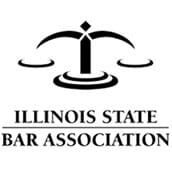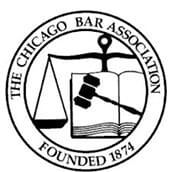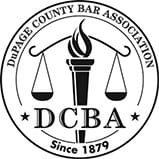Police officers have the right and responsibility to pull over drivers they suspect of being under the influence of alcohol.
Field sobriety tests evaluate balance, physical ability, attention and other factors. There are three standard field sobriety tests used most often.
What are the standard field sobriety tests?
This One-leg test measures balance as a person must balance on one leg. Any swaying, raising of the arms, putting a foot down or similar difficulty in remaining balanced on one leg is an indication of being under the influence. Inability to balance as instructions are being given is also problematic.
The Walk and Turn test measures divided attention as a person must walk a certain number of steps heel-to-toe, stop, turn around on one foot and walk back in the same manner. Similar to the one-leg test, if a person cannot balance as the instructions are being given, it is a sign of intoxication. Other indications of intoxication include beginning the test too soon, taking the wrong number of steps or having other difficulties in completing the actions as instructed.
The Horizontal Gaze Nystagmus test has a person follow an object from side to side with their eyes without moving their head. It measures the involuntary movement of the eye when it moves to the side. The jerking eye movement occurs sooner in people with higher blood alcohol concentrations.
Are these tests objective?
These tests rely on the judgment and training of the officer conducting the tests. Even a highly trained officer who properly conducts the tests may not be aware of physical limitations or medical conditions a person may have that may influence the test results. Certain medical conditions make balance a struggle or affect eye movement in completely sober people.
Field sobriety tests are often used as a precursor for breath tests or chemical tests of blood and urine. Breath tests are not always reliable and depend upon proper maintenance of the equipment. Skilled professionals administer the chemical tests and evaluate the results in a lab.





